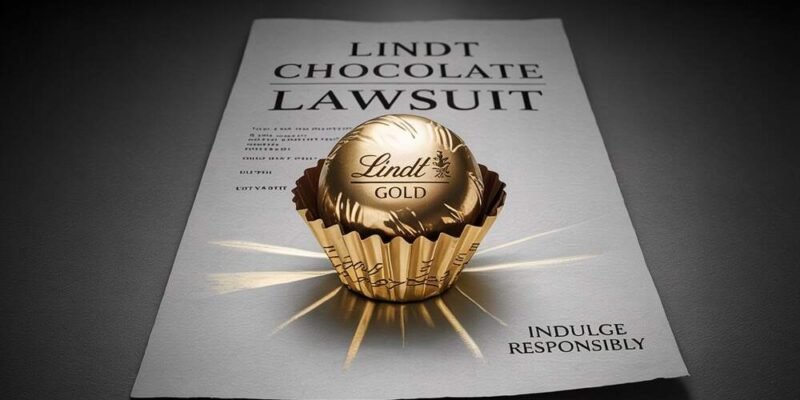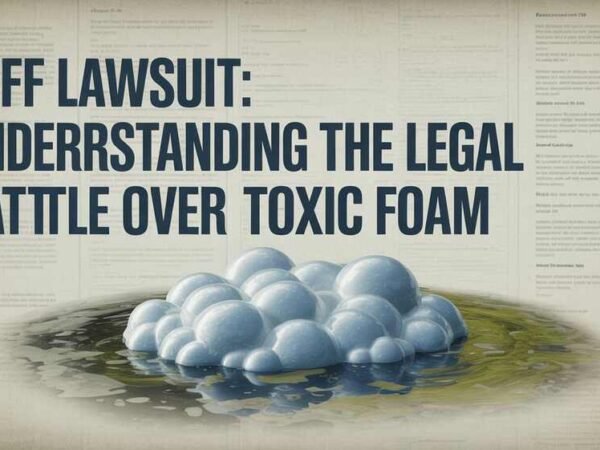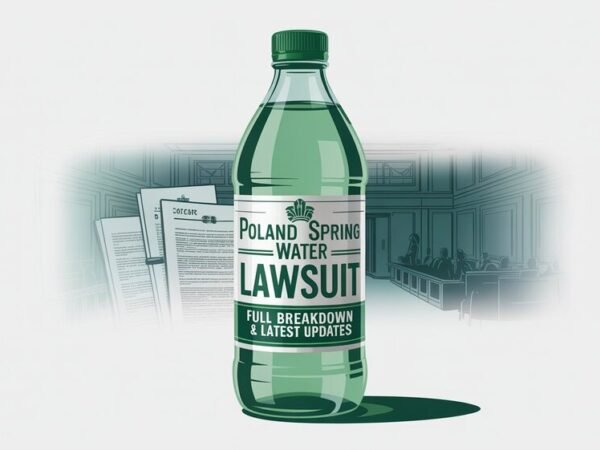Introduction
Lindt is often associated with indulgence, elegance, and premium-quality chocolate that consumers have come to trust over generations. Known for its iconic gold-wrapped truffles and meticulously crafted dark chocolate bars, Lindt has positioned itself as a leader in the luxury chocolate market. However, recent legal developments have overshadowed the brand’s pristine reputation. The “Lindt chocolate lawsuit” has garnered national attention following allegations of dangerous levels of lead and cadmium in some of its most popular products. This growing controversy challenges consumer perception and raises serious concerns about food safety standards, transparency in labeling, and corporate responsibility.
Origins of the Lawsuit
The lawsuit against Lindt finds its roots in a December 2022 investigation published by Consumer Reports, which tested 28 dark chocolate bars for heavy metals such as lead and cadmium. Among the brands tested, Lindt’s Excellence 70% Cocoa and 85% Cocoa bars contained toxic metals that exceeded California’s maximum allowable dose levels (MADLs) for both substances. As a result, a class-action lawsuit was filed in 2023 by consumers across several states, accusing Lindt of knowingly selling products that pose a significant health risk without adequate warnings. This legal action represents a broader trend of increased scrutiny of food manufacturers and their compliance with safety regulations.
Legal Claims and Allegations
The plaintiffs in the Lindt chocolate lawsuit argue that the company engaged in deceptive marketing by promoting its chocolate bars with phrases like “excellence” and “expertly crafted,” suggesting superior quality and safety. The legal term “puffery”—used to describe exaggerated or subjective claims in advertising—has become central to the case. Lindt’s legal team attempted to dismiss the case by asserting that these marketing terms are not meant to be taken literally and do not constitute a factual misrepresentation. However, the court denied the motion to dismiss, stating that a reasonable consumer could interpret such language as indicative of a safe, high-quality product. This decision has opened the door for further legal proceedings and potentially set a precedent for how marketing language is evaluated in food safety cases.
Health Risks of Lead and Cadmium in Chocolate
Lead and cadmium are naturally occurring elements that can enter the cocoa supply chain during cultivation and processing. While trace amounts may be unavoidable, prolonged exposure to high levels of these metals poses serious health risks. Cadmium primarily affects the kidneys and bones, while lead is a well-known neurotoxin that can impair cognitive development in children and cause cardiovascular and reproductive issues in adults. Pregnant women, young children, and individuals with compromised health are particularly vulnerable. The Food and Drug Administration (FDA) and California’s Office of Environmental Health Hazard Assessment (OEHHA) have established safety limits for these substances. When these limits are exceeded—as alleged in Lindt’s case—manufacturers are expected to provide clear warnings or take corrective actions.
Consumer Reaction and Brand Impact
The public response to the Lindt chocolate lawsuit has been swift and vocal. Consumers have taken to social media platforms to express outrage and disappointment, particularly those who considered Lindt a trusted brand for premium chocolate. Some long-time customers have called for boycotts, while others demand more transparency in food labeling. The controversy has also sparked broader conversations about the safety of dark chocolate, a product often marketed as a healthier indulgence. This erosion of consumer trust could have lasting consequences for Lindt, especially as health-conscious buyers become more vigilant about product ingredients and sourcing practices.
Lindt’s Official Response and Product Testing
In response to the lawsuit, Lindt has released statements affirming its commitment to quality and consumer safety. The company has emphasized that its products meet all relevant health and safety regulations in the United States and abroad. Lindt also stated that the levels of heavy metals in its chocolate are within acceptable international limits, citing variations in testing standards and natural environmental factors. However, critics argue that such defenses do not absolve the company from responsibility, mainly when other manufacturers have managed to reduce metal content through alternative sourcing and processing methods. Lindt’s response strategy and subsequent actions will likely play a crucial role in how the public perceives the brand moving forward.
Broader Food Industry Consequences
The Lindt chocolate lawsuit is not an isolated incident. Several other chocolate brands—including Trader Joe’s and Hershey’s—have also faced similar lawsuits following the findings of the Consumer Reports. This wave of litigation has placed the entire chocolate industry under the microscope, prompting calls for stricter regulations, mandatory labeling of heavy metals, and third-party testing requirements. If courts rule in favor of the plaintiffs, chocolate manufacturers may need to reformulate their products or change their sourcing practices to comply with evolving safety standards. The lawsuit could also catalyze broader changes in food safety legislation, pushing regulators to revisit outdated guidelines and enhance consumer protection frameworks.
Ongoing Litigation and What to Expect Next
Consumers and industry stakeholders are watching closely as the Lindt chocolate lawsuit progresses. The legal process could take months or even years, depending on motions, discovery, and potential settlement negotiations. Possible outcomes include monetary compensation for affected consumers, mandatory product reformulations, or court-ordered labeling changes. In the meantime, consumer advocacy groups are urging individuals to be proactive about their food choices. Tips for safer chocolate consumption include choosing brands that publish independent testing results, limiting intake of dark chocolate from unknown sources, and staying informed through reputable health and safety databases.
Conclusion
The Lindt chocolate lawsuit marks a pivotal moment in the intersection of consumer rights, corporate accountability, and food safety. What began as a scientific investigation into heavy metals in chocolate has evolved into a significant legal battle that challenges long-held assumptions about product quality and marketing integrity. As the case unfolds, it serves as a reminder that even the most trusted brands must prioritize transparency and public health. For consumers, the lawsuit underscores the importance of vigilance and informed decision-making in an increasingly complex food landscape. Ultimately, the outcome of this legal battle could reshape not only Lindt’s business practices but also the future of food safety standards in the chocolate industry and beyond.
Do Read: Ginger Ale Lawsuit 2025 – What Consumers Need to Know













